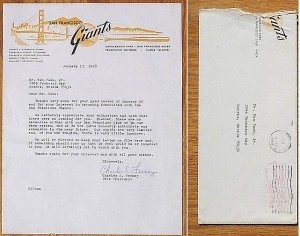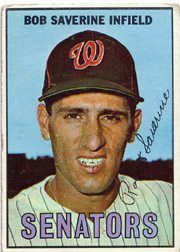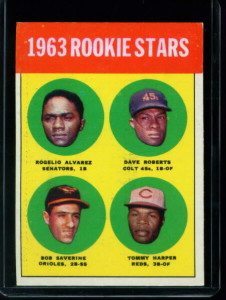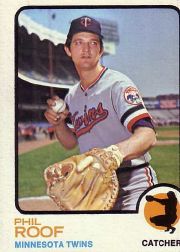The baseball card reference library of Sports Card Database is like a free museum.
They don’t quite have one of everything scanned yet. However, it’s better than I’ll ever do. I can’t imagine having the budget or space for all these cards.
Check it out. Send them some praise and support on their feedback page.
Then, do some autograph math. If you’re puzzling over who to write to next, find someone who was pictured only in one 1960s set. Who’s going to get the most autograph requests? In general, the guys who are pictured on three or more card sets. Collectors want one of everything signed. The former players or coaches who had a card once, or NEVER — those are people surely lacking in fan mail numbers.
If you’re in a collecting slump, skip the superstars or 10 year vets. Start with the cup-of-coffee cameo player, the person who’ll fill your mailbox the fastest.




